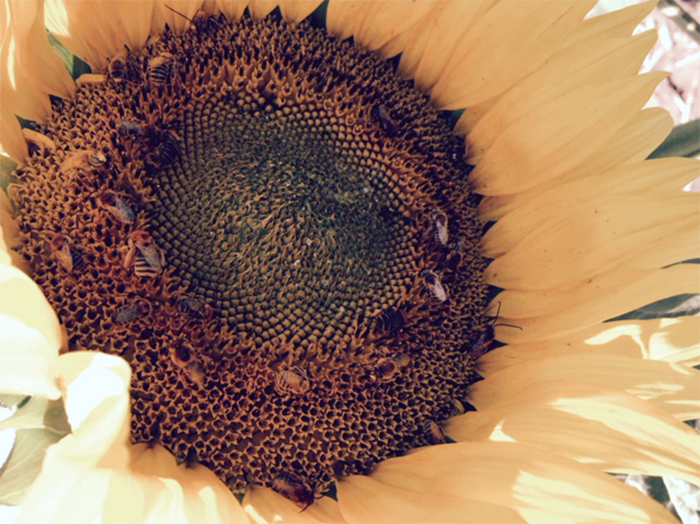Figure 1. Honey bees on a sunflower head.
By Ruth Beck, Anitha Chirumamilla and Amanda Bachmann
Anyone who has ever walked through a field of flowering sunflowers will immediately recognize their popularity with honey bees.
Sunflowers are native to North America and host numerous insects, including some pests but also many that are beneficial.
Sunflower fields in central South Dakota are generally at the R1 to R3 stage of growth right now, and the time to consider applying insecticides to control insect pests is approaching.
Following certain precautionary guidelines in choosing the type, formulation, and spray timing can help protect pollinators.
Pesticide Considerations
Pesticides that can impact bees will have a bee advisory box on their label. Neonicotinoid products were some of the first to have the bee statements on their labels, but not all insecticides impact bees equally. The pesticide formulation can also make a difference.
Solutions and emulsifiable concentrates dry quickly and do not leave a powdery residue. Dusts and wettable powders can adhere to the thousands of tiny hairs found on the body surface of the honey bee. These dust particles are then transferred back to the hive and stored along with the pollen, which can affect an entire colony.
Application Considerations
Pesticide applications made when temperatures are cooler are less likely to vaporize and drift offsite.
Evening applications are less harmful to honey bees and other pollinators since the bees are active during the day, returning to their hives or shelter in the evening.
When using pesticides it is always advisable to scout fields and make sure the application is warranted. Scouting is used to determine whether or not the pest population is at or above economic threshold levels and estimates the natural enemy population.
SDDA Sensitive Site Registry
Private and commercial applicators are encouraged to visit the South Dakota Department of Ag’s Sensitive Site Registry to determine locations in their spray area that might be sensitive to pesticide applications.
Notifying local bee keepers about the spraying schedule would give them time to move their bee colonies. Bee keepers and producers growing sensitive crops are also encouraged to register their sites.






